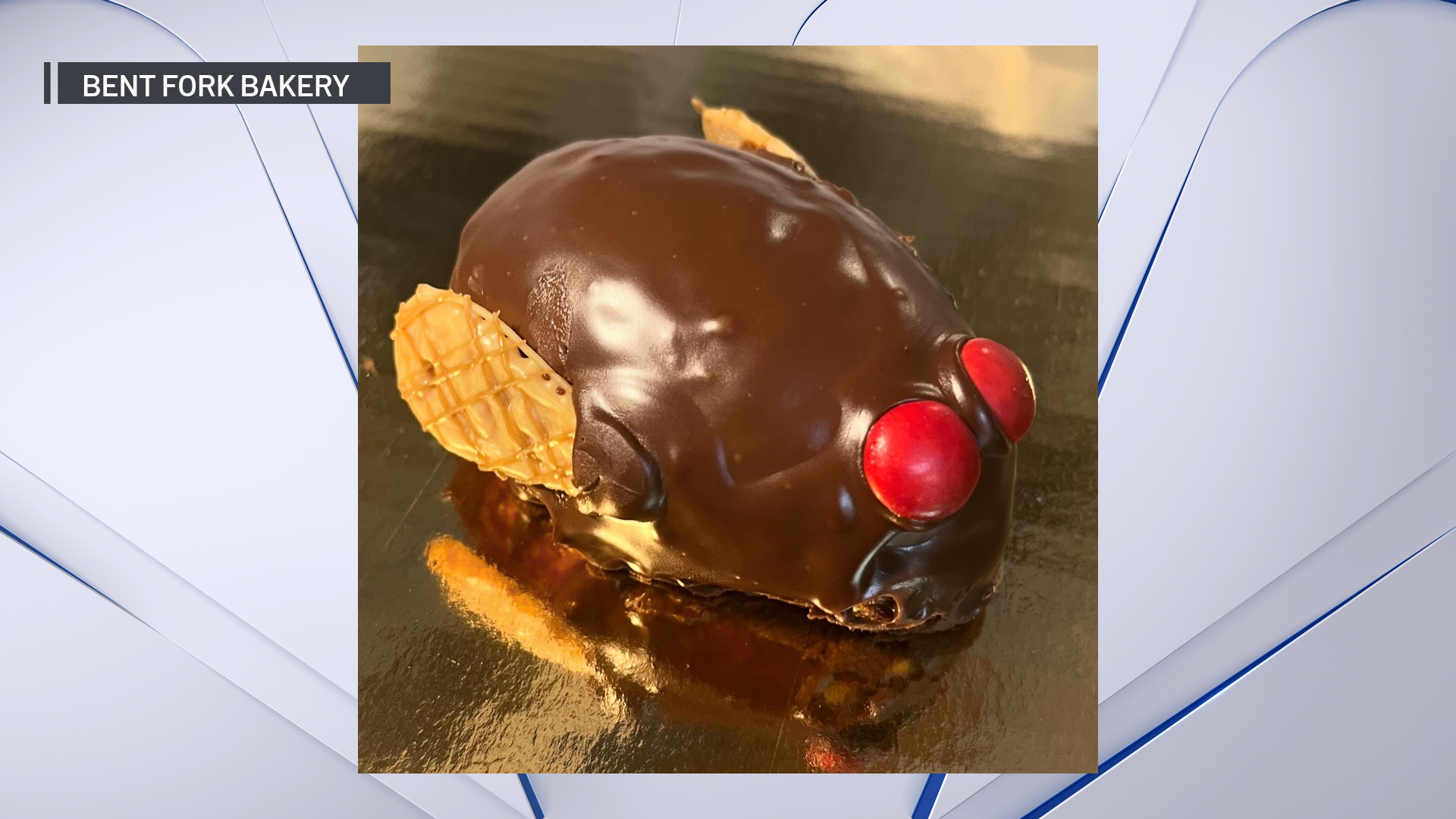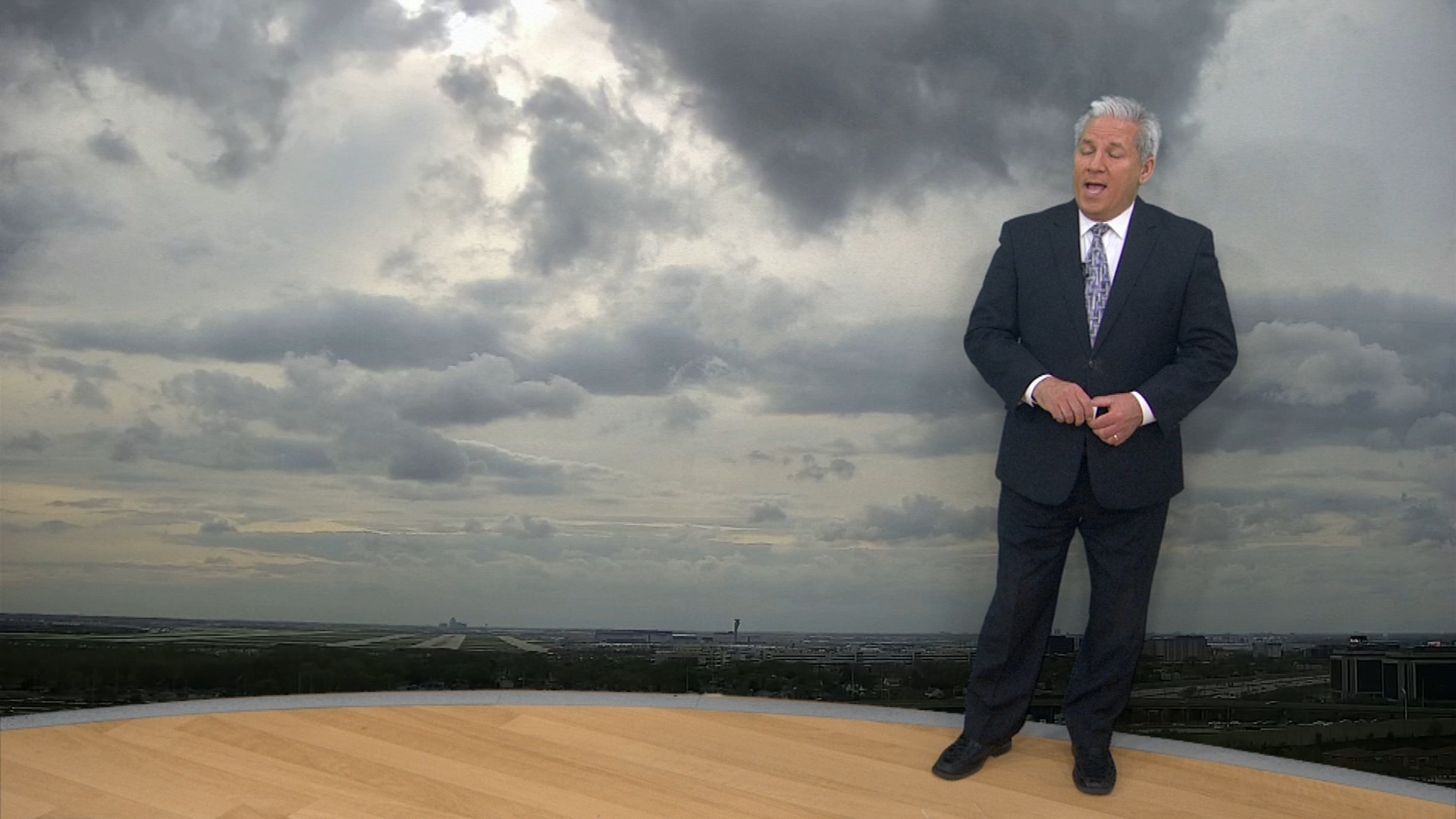Don't miss it: The 2024 total solar eclipse is coming up April 8, and people in counties cities across the U.S. will have the chance to see what some are describing as the "greatest solar eclipse across the U.S. in our lifetime."
According to NASA, 13 states are in the total solar eclipse's path of totality, along with countless cities and towns, including Carbondale, Illinois. Numerous others will be able to see a partial eclipse, with Chicago expected to see around 95 percent.
"Even though it’s a partial eclipse over Chicago, the skies are still going to get darker, with more than 90% of the sun getting covered," NBC 5 Meteorologist Kevin Jeanes said. "You’ll notice the crescent shape of the sun in all of the shadows and through your phone camera lens. It feels ominous but it’s a very exciting moment."
While the eclipse will be a sight to see, experts are advising people against doing certain things when the day rolls around. Here's a breakdown of what not to do:
Feeling out of the loop? We'll catch you up on the Chicago news you need to know. Sign up for the weekly Chicago Catch-Up newsletter here.
Don't use regular sunglasses, or knock-off solar eclipse glasses
According to experts, a solar eclipse is only safe to view without glasses during 100% totality. Elsewhere, glasses will absolutely be needed.
According to the Adler Planetarium, viewing the solar eclipse without glasses can result in irreversible eye damage within seconds, and as your eyes lack the nerve endings to register pain as it's occurring, it'll be too late by the time you know.
Local
Regular sunglasses, even very dark ones, are not safe to view the eclipse.
Outside of eclipse glasses, the following options described by the Illinois Department of Transportation also offer a safe way to see the event.
- Solar filters: If you want to use a telescope, binoculars or camera, do not use them unprotected even if you have safe eclipse glasses. Consult the manufacturer for a proper filter to attach to your device.
- Pinhole viewer: This is a simple, inexpensive way to indirectly view the eclipse. Just take two sheets of white paper (card stock is best) and poke a hole in the middle of one sheet. With your back to the sun, hold the sheet with the hole over the other sheet and adjust them until you see a dot of light. That's the sun! As the moon travels across the sun, a crescent will appear.
With the danger of irreversible eye damage present in the event of viewing the eclipse unprotected, it's critical to ensure that the solar eclipse glasses used are not counterfeit.
However, there's no real way to detect real glasses versus counterfeit ones just by looking at them.
"The glasses if they're counterfeit, they may appear fine, because maybe they're dark enough that you can that it appears like you can safely look at the sun. But what you don't know is are they letting through ultraviolet and infrared light. That's the thing that I would worry about the most," Michelle Nichols, director of public observing at the Adler Planetarium said.
Detecting real vs. fake becomes even more challenging when companies tout unproven or inaccurate safety claims.
"Just be careful and don't just assume just because it says safe glasses that that they actually are because anyone can write that," she said.
Experts suggest purchasing solar eclipse glasses through suppliers deemed "safe" by the American Astronomical Society.
"These include companies and organizations with which members of the AAS Solar Eclipse Task Force have had good experience as well as other companies and organizations that have demonstrated to our satisfaction that the products they're selling meet the safety requirements of the ISO 12312-2 international standard," the list states.
Don't wear solar eclipse glasses while driving
While many parts of Illinois will need eclipse glasses to view the spectacle safely, IDOT warned against wearing them while driving, as they block out almost all visible light.
"Don't ever take photos, videos, or wear 'eclipse glasses' while driving," the agency stressed.
Experts also warned people to turn on their headlights if driving during the event.
"Even though it’s a partial eclipse over Chicago, the skies are still going to get darker, with more than 90% of the sun getting covered," Jeanes said. In the eclipse's path of totality, skies were expected to get "much darker," Jeanes added.
Don't stop along roads and bridges
IDOT is warning of heavy traffic across the state -- especially in southern Illinois, near Carbondale, considering a prime viewing area for the event.
"The 2024 solar eclipse will be visible over approximately 128 miles of Illinois April 8," IDOT said in a post. "Totality enters Illinois as it crosses the Missouri state line southwest in Carbondale at 1:58 p.m. The eclipse will follow a diagonal line crossing over Fairfield and exit Illinois at Mount Carmel at 2:06 p.m."
"Crowds of 100,000 to 200,000 are expected to come to the prime viewing area in southern Illinois," the agency warned. "All roads in and out of the area are expected to have heavy congestion in the couple hours after the eclipse."
MORE: Schools across Illinois, Indiana announce closures for rare solar eclipse
IDOT noted that I-57, which travels from Chicago to the southern tip of the state, is the direct interstate with access to the path of totality. U.S. 45 runs through the middle of the path of totality, and Illinois 1 and Interstates 64 and 70 will also provide access IDOT said.
"Prepare for traffic congestion before, during and after the eclipse," the agency warned, adding that it expects heavy traffic on rural roads, interstates and major highways leading to and from Chicago, St. Louis and other cities.
Those in Midwest who are traveling during the eclipse are encouraged to hit the road with a full tank of gas, a charged phone and bottled water. IDOT also warned drivers to be cautious, as "a large number of pedestrians" were expected to be near roads.
"If you’re in a vehicle, don’t stop along roads or bridges," the agency said.



